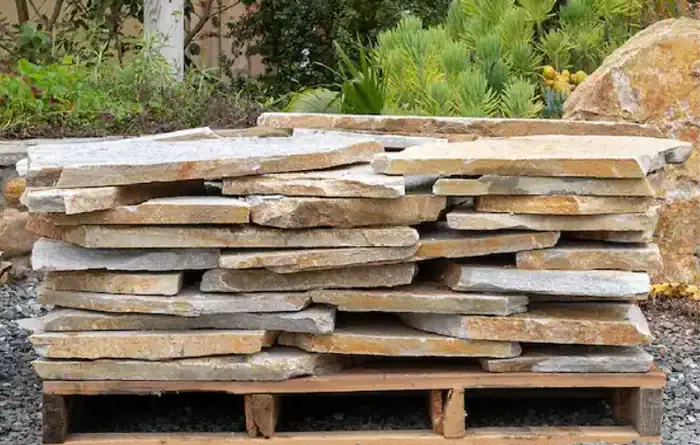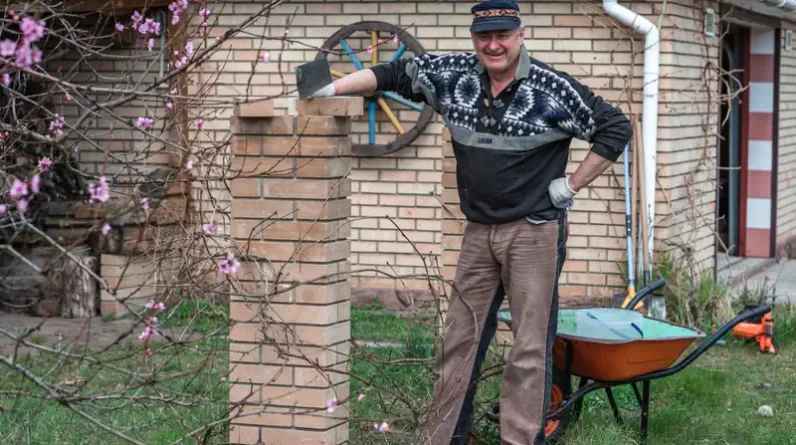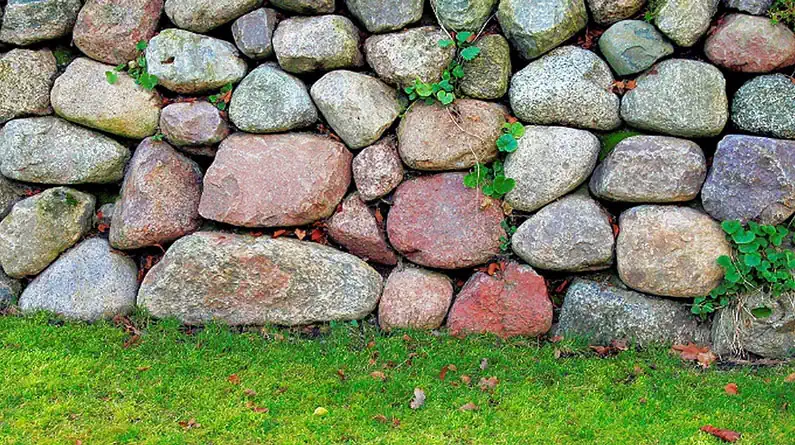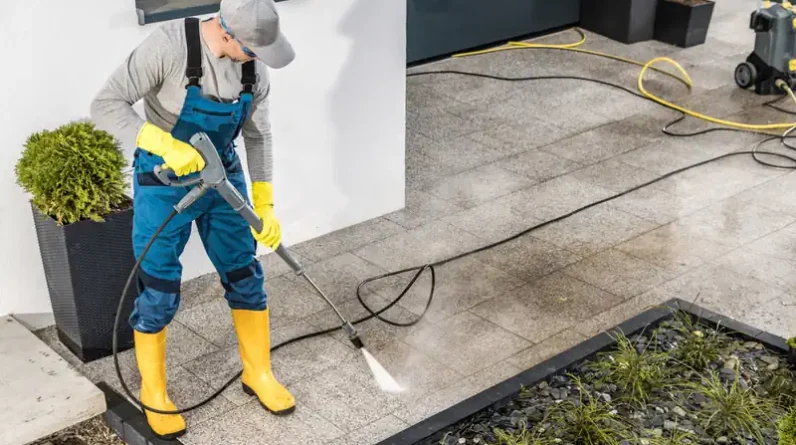
A beautifully crafted hardscape design can enhance your property’s appearance and increase its value. However, just like any other outdoor feature, regular maintenance is crucial to ensure they remain in good condition.
Proper hardscaping maintenance not only improves the aesthetic appeal of your yard but also prolongs the life of these outdoor features. In this article, we will be discussing hardscaping maintenance tips that will help keep your yard looking beautiful for years to come. From cleaning to repair and everything in between, we’ve got you covered with all the information you need to keep your hardscape features in top-notch condition. So, let’s get started!
Cleaning And Sealing Of Hard Surfaces
Cleaning hard surfaces is a necessary part of maintaining your yard’s beauty. Regular washing with a mild detergent and water can help keep the surface looking new and will also help prevent dirt and debris from accumulating on the surface.
To further protect your hardscaping, you may want to consider sealing it. Sealing helps preserve the original color of the material while providing protection against weathering and UV rays that could damage its appearance over time. It also adds an extra layer of protection against staining caused by spills or grease buildup. By cleaning and sealing your outdoor hardscape regularly, you’ll be able to enjoy a beautiful landscape for years to come.
Weed Control For Pavers And Stones
Do you want to maintain the beauty of your paver stones and prevent them from being taken over by weeds? Fortunately, there are a few preventive measures that can help. Keeping up with proper care is key when it comes to weed control for pavers and stones. Regular inspections should also be done to ensure any new growths have been removed as soon as possible.
To start off, remove dead leaves or debris from around the area where weeds may grow. This will make sure they don’t get too comfortable in between cracks and crevices in stone surfaces. Additionally, use an appropriate herbicide on the affected areas to kill existing weeds without damaging nearby plants. It’s important to follow directions carefully when using these products; otherwise it could harm other parts of your yard. Finally, adding a layer of mulch or gravel can not only add aesthetic value but also helps block out sunlight which prevents new weeds from growing.
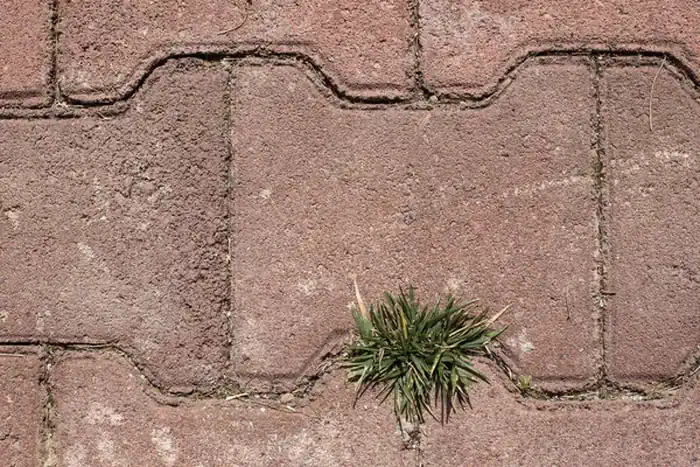
These strategies work best if consistently implemented so that grasses and other invasive species won’t take hold again in future seasons. Taking the time now to protect against unwanted vegetation will save you headaches down the road!
Repair And Replacement Of Damaged Materials
It’s important to repair or replace any damaged materials in your hardscaping area, as it will keep the overall look of your yard beautiful. Pavers can easily become cracked, chipped, and stained due to foot traffic or extreme weather conditions. To fix these issues, you should inspect your pavers regularly for signs of damage. If a paver is beyond repair, it should be replaced immediately with one that matches in color and size. I would advise you to buy some extra pavers in order to have the correct ones on hand should any replacements be necessary. The same goes for retaining wall blocks; if they become loose or start to break apart, then they need to be repaired right away.
Fortunately, repairing and replacing materials doesn’t have to be too expensive; many stores offer discounted prices on bulk orders of pavers and other landscaping materials. It’s also possible to purchase second-hand items from local suppliers which can help save money when completing repairs or replacements. With proper care and attention, you can keep your hardscaping looking its best for years to come.
Regular Pruning And Plant Care
Although plants are not technically part of the hardscaping design, they play an important role in shaping the overall appearance of your landscape. To keep your hardscaping looking its best and to ensure that plants remain healthy, regular pruning and plant care are essential. Let’s take a closer look at some helpful tips for keeping your garden in top condition!
Here’s a list of 3 things you can do to maintain the beauty of your yard:
- Regularly inspect plants and remove dead or diseased foliage.
- Use proper pruning techniques to encourage healthy growth while trimming back leggy stems and shoots.
- Provide adequate nutrition by applying fertilizer according to manufacturer instructions.
No matter how big or small the job is, taking routine care of your landscape will help promote vigorous plant growth and enhance the overall appearance of your outdoor space. With these simple steps, you’ll be able to enjoy a beautiful garden all year round!
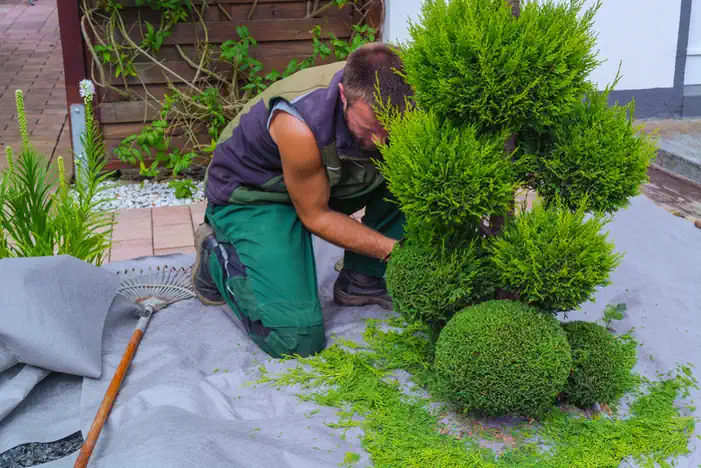
Frequently Asked Questions
How Often Should Hardscaping Surfaces Be Inspected For Wear And Tear?
It is important to regularly inspect your hardscaping surfaces for wear and tear. Scheduled inspections can help you stay on top of any maintenance needs before they become larger issues. Exterior surfaces are exposed to the elements, so regular checks should be done in order to keep them looking their best.
Wear and tear on hardscaping surfaces can occur due to a variety of factors such as weather conditions, foot traffic, or even improper installation. Every few months it’s wise to do an inspection of your hardscape materials. This will give you the opportunity to quickly address any signs of damage that could lead to bigger problems down the road if left unaddressed. Taking the time now can save you money and hassle later on!
Properly caring for your hardscaping features helps ensure that they remain safe and beautiful over time. Regularly inspecting these areas for wear and tear is key when it comes to preventative maintenance. Doing this will allow you to catch any potential issues early, saving yourself from costly repairs or replacements in the future.
How Can I Protect Hardscaping From Extreme Weather Conditions?
As we all know, extreme weather conditions can wreak havoc on hardscaping surfaces. From heavy rains to freezing temperatures and snow removal, it’s important to take precautions that will protect your hardscaping from the elements. So how can you weatherproof your hardscaping against these extreme climates? Let’s take a look!
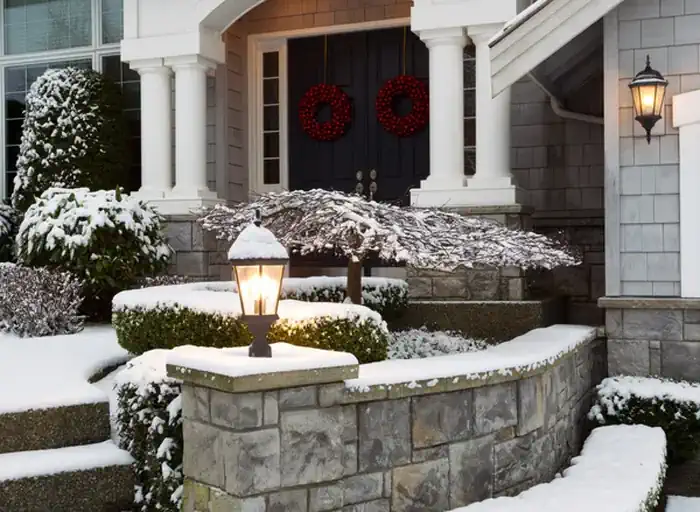
First off, if you live in an area with intense heat or cold cycles (known as freeze-thaw cycles) then you should consider applying a sealant to any exposed surface such as stone or concrete pavers. This helps keep out moisture which leads to cracking and other damage over time. Additionally, make sure to clear away debris like leaves and dirt regularly so water doesn’t pool up around pathways and patios. If necessary, build slopes along affected areas so any rainwater runs off quickly instead of staying put in one place for long periods of time. And when winter comes around, be diligent about shoveling snow away before it has a chance to melt and refreeze into icy patches that could potentially cause deterioration on walkways or steps.
By taking some simple preventative measures such as these, you’ll help ensure that your hardscaping stands strong through whatever Mother Nature throws its way! Plus, investing in regular maintenance checkups can also go a long way towards preserving the beauty of your yard – so don’t hesitate to call in the pros if anything looks amiss.
Are There Any Special Tools Needed For Hardscaping Maintenance?
Are there any special tools needed for hardscaping maintenance? This is an important question to consider when it comes to yard upkeep. Hardscaping generally involves a more permanent installation than traditional landscaping and may require specialized tools to keep in good condition. While some of the same basic garden tools can be used, such as rakes or shovels, they may not always be enough to maintain your hardscape properly.
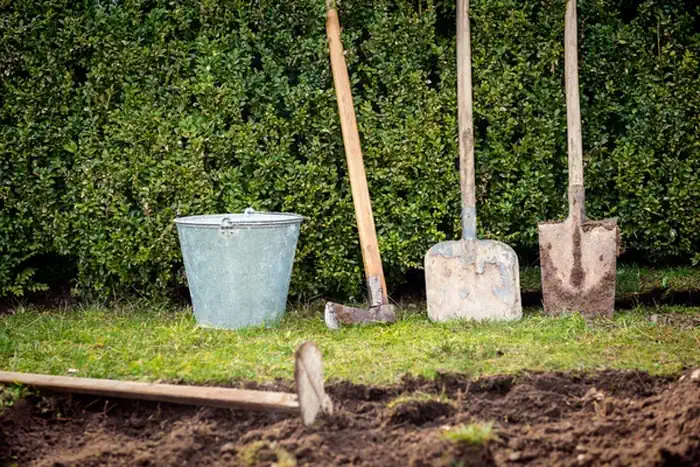
To effectively care for your hardscaped areas, you’ll likely need additional hardscaping tools like trowels, edgers, power washers and other equipment designed specifically for this purpose. Additionally, certain types of materials might need specialized products or cleaning solutions that are specially formulated for their use. For example, natural stone will require different cleaners than man-made bricks or pavers.
No matter what type of material you have in your landscape design, researching the proper cleaning supplies and investing in the right hardscaping maintenance tools can help ensure that your outdoor space looks its best year round.
Are There Any Tips For Preventing Hardscaping From Becoming Slippery?
Slippery hardscaping can be a hazard for anyone walking through your yard. Fortunately, there are some tips to prevent it from becoming slippery in the first place and maintain its traction over time. From avoiding surfaces that naturally become slippery when wet, to installing anti-slip materials on existing hardscaping; these strategies will help keep you and your family safe while enjoying an attractive outdoor space.
Here are three key steps to preventing slippery hardscaping:
- Avoiding Slippery Surfaces: Choose non-slippery paving materials such as gravel or pavers instead of smooth concrete or wooden decking which can become dangerous when wet. Additionally, avoid using mossy rocks on paths or walkways since they can easily become slick with moisture.
- Installing Non-Slip Materials: If you already have a surface that is prone to slipperiness (such as wood), consider treating it with a sealant or applying specialized non-slip strips or coatings for extra grip.
- Maintaining Traction: Regularly inspect and clean hardscaped areas to ensure they remain free of debris or algae growth which could cause them to become slippery. For added protection against slipping, use coarse sand or other abrasive material scattered evenly across the area.
All these measures will not only improve safety but also enhance the appearance of your outdoors by keeping the hardscaping looking neat and well maintained all year round!
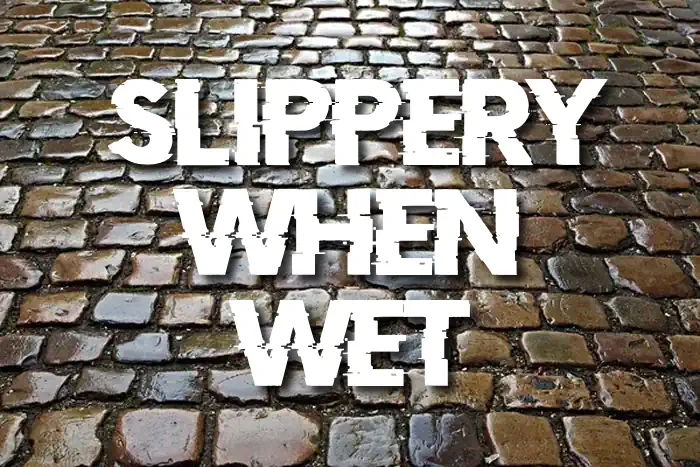
Maintaining your hardscaping is essential for keeping a beautiful yard. With the right tools and knowledge, it’s easy to keep your surfaces looking great.
The first step in maintaining any hardscape materials is inspecting them regularly for wear and tear. It’s also important to protect from extreme weather conditions by applying sealants or other treatments as needed. Additionally, there are special tools that can help with maintenance tasks such as power washing and sealing grout lines. Lastly, don’t forget about taking preventative measures against slippery surfaces like cleaning up spills quickly and adding non-slip additives to steps or walkways.
By following these tips you’ll be able to enjoy a beautiful outdoor living space all year long! Whether you’re tackling bigger projects yourself or hiring an expert team of landscapers, proper maintenance will ensure your hardscapes last for years to come. So go ahead – get out there and make those investments pay off!


